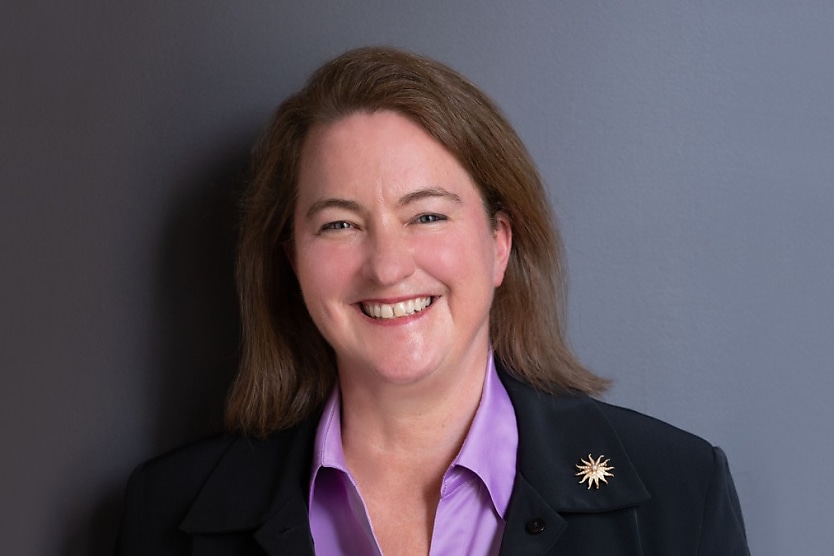The gender pay gap is reversing: So what’s being done?
SHARE THIS ARTICLE

According to experts, the gender pay gap is stagnating and, in some cases, even going backwards.
According to the Workplace Gender Equality Agency (WGEA), the gender pay gap in Australia has decreased by less than 1 per cent per year over the last decade. Furthermore, in the last two years, it has stagnated.
Many legislative reforms have been introduced in recent years to help close the gap. To help spread awareness and encourage employers to do their part, ELMO Software hosted “ELMO Live Panel Session: Empowering Change to Close the Gender Pay Gap”, a webinar discussing the change that’s occurring.
Dr Samone McCurdy, capacity building executive manager at WGEA, believes the recent reforms will help spark significant change.
“This year, we are in the midst of something monumental for change around gender equality. I do just have to say that our CEO Mary Wooldridge, since coming on board, has been at the forefront of leading what is the first range of legislative reforms that will actually, for the first time in Australia, require employers to publish their gender pay gaps,” said Dr McCurdy.
“Part of these legislative reforms is about actually changing this, and publishing gender pay gaps, as we know from international experience, is one of the things that not only bring that pay gap onto the radar of employers if it’s not, but also it’s a catalyst for a meaningful conversation about what is a gender pay gap, and how we actually change it.”
As previously discussed by HR Leader, WGEA had its Workplace Gender Equality Amendment (Closing the Gender Pay Gap) Bill 2023 pass Parliament earlier this year, which will require businesses with over 100 employees to disclose their gender pay gap from 2024.
Dr McCurdy continued: “When you have a look at what is driving your gender pay gap, at sector level, industry level nationally, what we have an opportunity to do is to understand what is happening in terms of the gendered experience within those organisations. So, it’s a catalyst for those conversations for that analysis.”
With the pay gap stagnating recently, this legislation is as important as ever to truly initiate change.
“At the moment, and certainly for the last two years, the gender pay gap has not shifted. One of the things that people get confused about is what does that figure represent? At WGEA, we calculate it as a total remuneration model. And that’s really important to understand why we would do that, because we’re taking a much bigger picture approach to women’s economic security over their career,” said Dr McCurdy.
Alongside Dr McCurdy on ELMO’s webinar was Teena Wooldridge, the Asia-Pacific region director of marketing at LinkedIn. The data collected from LinkedIn paints a similar picture as WGEA’s data, highlighting the need for these legislative reforms.
“We have over 900 million users on the platform globally. And that obviously gives us a huge insight into what’s happening. And the platform is indicative of society. So, there’s about 45 per cent women in the workforce on the platform,” explained Ms Wooldridge.
“We leverage that data because we can see what’s happening globally. In Australia … the news isn’t great. Quite frankly, we know that it’s actually starting to decline in terms of the number of women in the workforce, and also the gender pay gap as well is not going the direction we want it to.”
Ms Wooldridge continued: “From 2016, it was going up 1 per cent year on year. And actually, in 2023, we’re actually seeing it reverse, and it’s starting to go back to 2021 levels. And that means we’re heading in the wrong direction. And it’s going to take us too long to get gender pay equity.
“And that applies in Australia just as much as it implies anywhere else. In fact, … it’s going to take 168 years, based on our current trajectory, to get gender pay equity, and my daughter’s 11 … that means in her lifetime, they’re not going to achieve gender pay equity in this country, which is just astounding.”
Organisations can do their part to help reduce the negative data by being conscious of what drives change. Jodi Paton, chief people officer at Hoyts Group, said transparency is an important part of this.
“We’ve certainly come a long way, in terms of just being really transparent about talking about salaries. Obviously, there’s been changes just in terms of pay transparency, that have alluded to that as well,” said Ms Paton.
“And one of the things that has shifted the pay gap for us over the last couple of years is really just being super conscious when we’re talking about salary reviews that we’re looking at. If we have a group of people that are all at the same level, or with the same title, that we make sure that we look at what the range within that group is and make sure that it’s reasonable. And it’s not gendered, not biased in terms of gender.”
Late last year, the Australian government passed the Fair Work Legislation Amendment (Secure Jobs, Better Pay) Act 2022, introducing a range of new workplace laws related to pay transparency.
Key to the changes was an end to pay secrecy, meaning employees are no longer legally prohibited from disclosing or talking about their pay to each other.
RELATED TERMS
The term "gender pay gap" refers to the customarily higher average incomes and salaries that men receive over women.
Jack Campbell
Jack is the editor at HR Leader.

